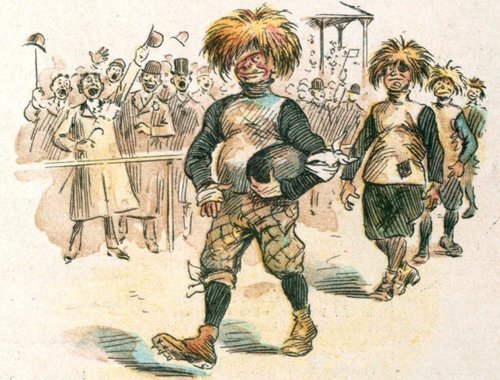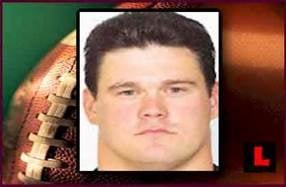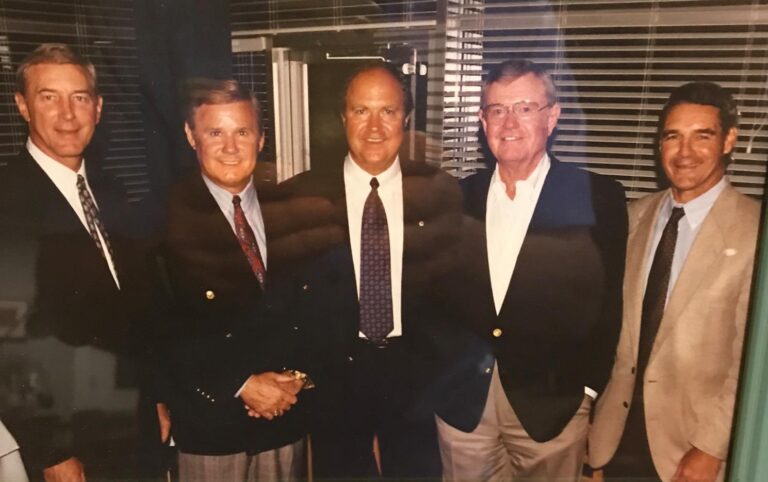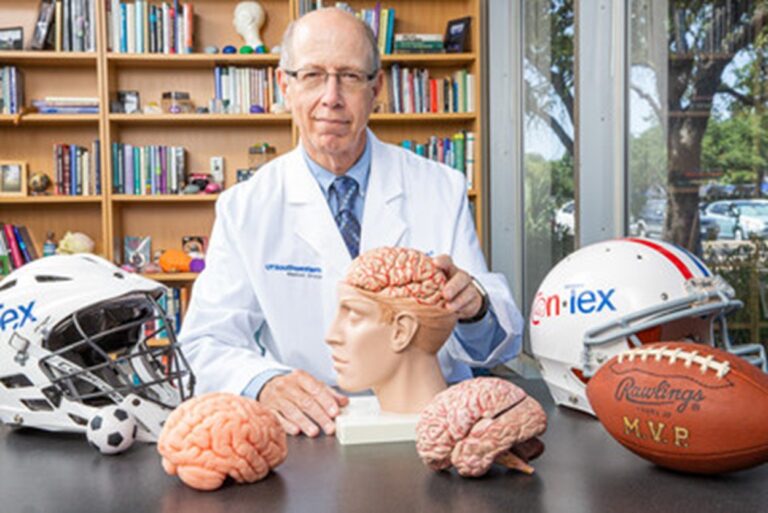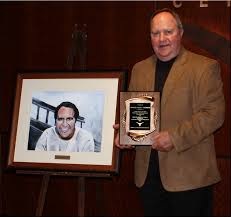Trilogy part I
PART I OF “A TRILOGY + 1 “ OF FOOTBALL AND NEURODEGENERATIVE DISEASES
Hair as an helmet
A photo from 1896 explains the illusion of a helmet as a protective device. During this era, the players grew their hair longer and wrapped bandages around their heads and over the tops of their ears. This process pushed the hair up into a mop adding sufficient cushioning to prevent severe injuries. Included was a mouth and nose protectory.
1895 football player Walter Fisher and Hall of Honor inductee said, “the communal rubber nose protector the players wore wasn’t worth a darn. “those louts on the other team would get ahold of it, pull back, and turn it loose.”
“Nearly every death may be traced to ‘unnecessary roughness.’ Picked up unconscious from beneath a mass of other players, it was generally found that the victim had been kicked in the head or stomach, so as to cause internal injuries or concussion of the brain, which, sooner or later, ended life,” The Post wrote on Oct. 15, 1905.
People were especially shaken by the November 1905 death of Union College halfback Harold Moore, who died of a cerebral hemorrhage after being kicked in the head while trying to tackle a New York University player. A cartoon in the Cincinnati Commercial Tribune showed the Grim Reaper atop a goalpost.
Helmets changed football blocking, defense, running, and tackling techniques. The head became a battering ram which sometimes resulted in what was euphemistically called getting your “bell rung.” However, Bell ringing was never considered a life-altering event.
Click on the link denoted in red below for the history of helmets.
A photo from 1896 explains the illusion of a helmet as a protective device. During this era, the players grew their hair longer and wrapped bandages around their heads and over the tops of their ears. This process pushed the hair up into a mop adding sufficient cushioning to prevent severe injuries. Included was a mouth and nose protectory.
President Theodore Roosevelt Came To The Rescue To Save Football As A College Sport.
Roosevelt formed a committee to change college football rules. The new rules allowed for forward passing of the ball – adding the position now known as a wide receiver and turning football into the sport we’re now familiar with. Allowing the forward pass opened up the game, spreading the players out across the entire field. It was a change designed to eliminate packs of players scrambling and viciously vying for the football, which is where many injuries were sustained. The new rules stopped the game when a player fell on the ball in order to eliminate heaps of men trying to get the ball and allowed the ball to be kicked down the field.
Miller said it took a few years for the rules to shake out. In 1913, a university in rural Indiana cemented its football legacy by demonstrating proficiency at the passing game, establishing the gridiron legend of Notre Dame.
The most important “safety” feature we now have – helmets – was not required until much later. The NCAA made helmets mandatory in 1939, according to “The Anatomy of a Game: Football, the Rules and the Men Who Made the Game,” by David M. Nealson.


